As autumn embraces the poolside landscapes, there comes a moment when the shimmering waters must bid farewell to the splashes of summer. Winterizing an inground pool involves more complexity compared to above ground winterization, given the larger volume of water, extensive piping, and additional equipment. Nevertheless, the fundamental process remains nearly identical. Below is a step-by-step guide for effectively winterizing an inground pool.
Clean the Pool
The pool must be clean; leaves, dust, or algae in the water can cause your winter pool chemicals to be absorbed too quickly, diminishing their effectiveness before spring arrives.
Clean the surrounding deck using a blower or buckets of pool water on a windy day. This additional step contributes to maintaining a clean pool as you complete the winterization process.
Right before you put on the winter pool cover, you may need to run the skimmer net around the pool one more time.
Lower the Pool Water

Lower the water level to 6-12″ below the skimmer for mesh safety covers or 4″ below for solid covers. Achieve this by backwashing the filter, and when the water level drops, close the skimmer valve or plug the skimmer to continue pumping below the skimmer.
If you have a multiport valve on the filter, you’ll get better flow rates by setting the valve on the Waste setting, which will bypass the filter.
For pools with non-functioning or abandoned main drains, you can connect the non-swivel end of a vacuum hose, sealed tightly into the skimmer with a threaded hose adapter (or enough duct tape). Then set a garden hose running into the skimmer to keep it from sucking air. In this manner, you can pump the pool below the skimmer without using the main drain.
A third method is to use a submersible pump. A powerful cover pump will lower the water quickly, while a smaller cover pump takes overnight.
Blow Out the Lines
For those in the sunbelt region, if you only have the occasional dip below the freezing mark, you may not need to actually blow the lines. You could just lower the water and pour some pool antifreeze into the skimmers.
For those in the snowbelt regions that will have continuous below-freezing temperatures, for several days or weeks on end, you’ll want to blow air through the plumbing lines to prevent underground freeze damage.
Air Compressor: A small air compressor can be used to pump air into the pump basket. Remove the pump drain plug and thread in the air hose adapter, or screw in the air hose. With the use of plugs and valves, you can direct the air to go through the pump, filter, heater, and bubble at the pool returns. Switching plugs or valves, direct the air the other direction, through the skimmer and main drain lines.
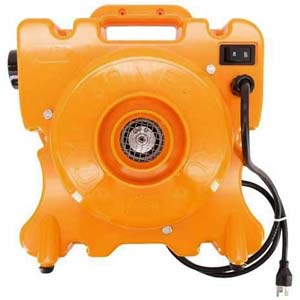
Cyclone: A Cyclone can be connected to one of the skimmers, and the air is blown from the skimmer to the other skimmers and drain, and then through the pump, filter, heater and to return bubbling at the pool. Once completed, plug the return openings with expansion plugs.
Shop Vac: Possibly, but only if it’s 5 hp or more, and doesn’t release excess air pressure when faced with the resistance of water flowing through the pipes. Certain canister wet/dry vacs can withstand back pressure; you can use them by reducing the shop vac hose to a pool vac hose size and connecting it to a threaded hose adapter screwed into the skimmer’s bottom.
Caution: Be careful when sending air through pool equipment. Open filter air bleeders and be certain that pump lids and filter lids are tightly secure.
Winterize the Pool Equipment
- Drain the pump, filter, heater, chlorinator, pipes, valves, etc.
- Diatomaceous Earth (D.E) and Cartridge filters should be left in the tank after cleaning.
- Lubricate the pump lid o-ring.
- Shut off breaker to pump and pool light.
- Remove salt cells for indoor storage.
- Use a Skimmer Guard, or a clean algaecide bottle one-third full of pool antifreeze.
Add Winter Pool Chemicals
If you are using a winterizing kit, just add the chemicals, following the instructions included. If you don’t use a winter kit, here’s a winter pool chemical recipe.
- Several days to a week before closing, balance the chemistry and shock the pool. Run the filter a little longer each day.
- On closing day, after lowering the water level, add 1 quart of winter pool algaecide for pools up to 20,000 gallons. Use our Winter Algaecide or Algaecide 60 Plus as a winter algaecide.
- Fill a chlorine floater carefully with 5-6 chlorine tablets, and close the holes nearly all the way.
- Use a Stain & Scale product to keep minerals from depositing on the surfaces and stains from forming at the water line.
For pools with mesh covers, larger pools, or pools that open late or open green, you’ll need more winter pool chemicals. Add another quart of algaecide in the spring, about 4-6 weeks before you open. Or, you can pull back the cover along the sides and shock and brush the pool instead. Either way, find the floater and refill it with chlorine tablets.
Put on the Pool Cover
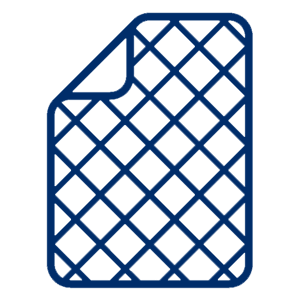
Pool is clean – check! Water lowered, pipes blown and plugged and chemicals added … check! Time to cover up the pool for winter!
Safety Covers: Using the Hex Key and Installation Tool, install the cover springs onto the brass anchors surrounding the safety pool covers.
Solid Covers: Lay the water bags or Aqua Blocks end to end around the cover, and move the hose around the pool, if you have enough hose. Fill bags only two-thirds full, and position them so they won’t roll off the deck. Set the cover pump on the pool cover, ready for rain.
Congratulations, you’ve “buttoned up the pool” or “put the pool to bed.” However you want to say it!

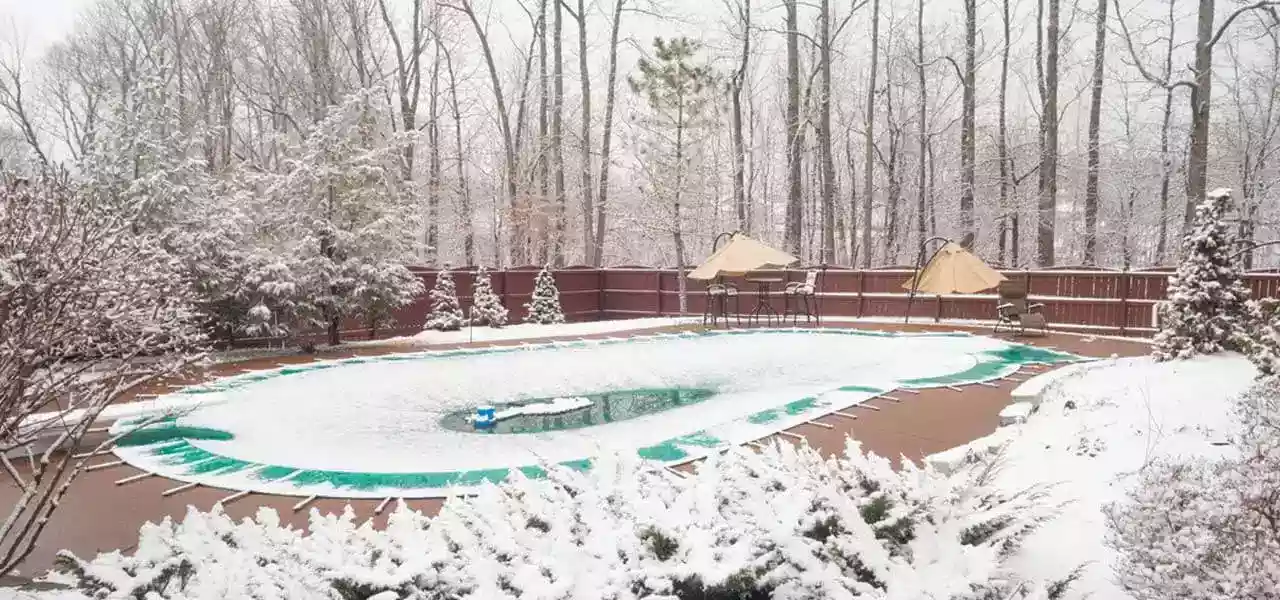
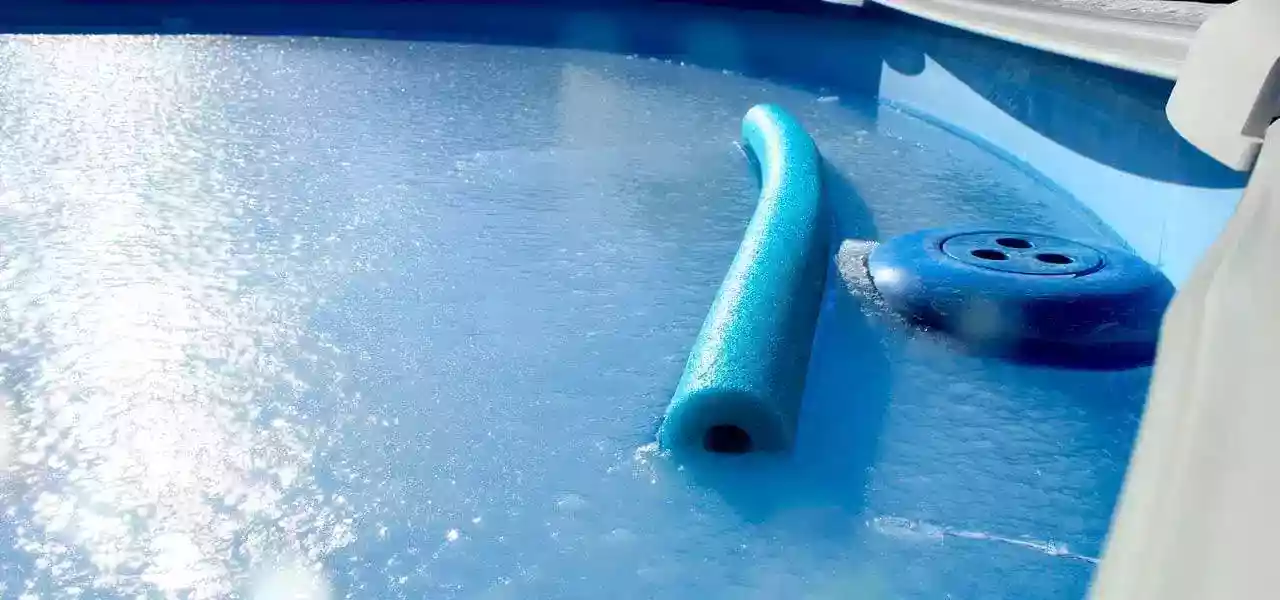
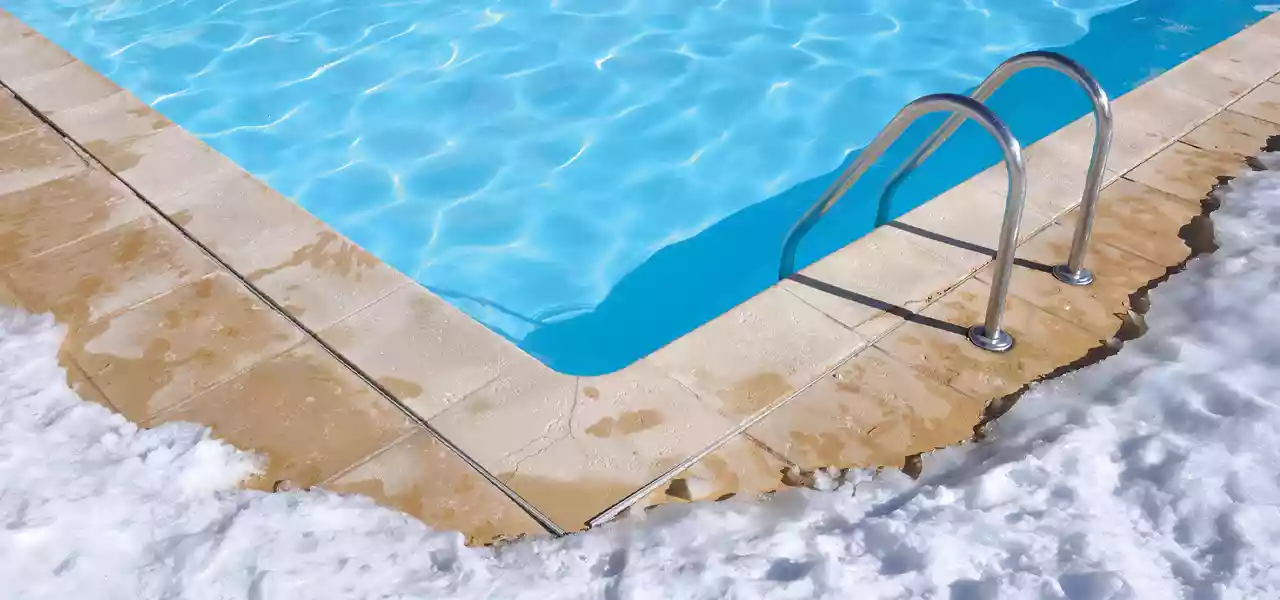
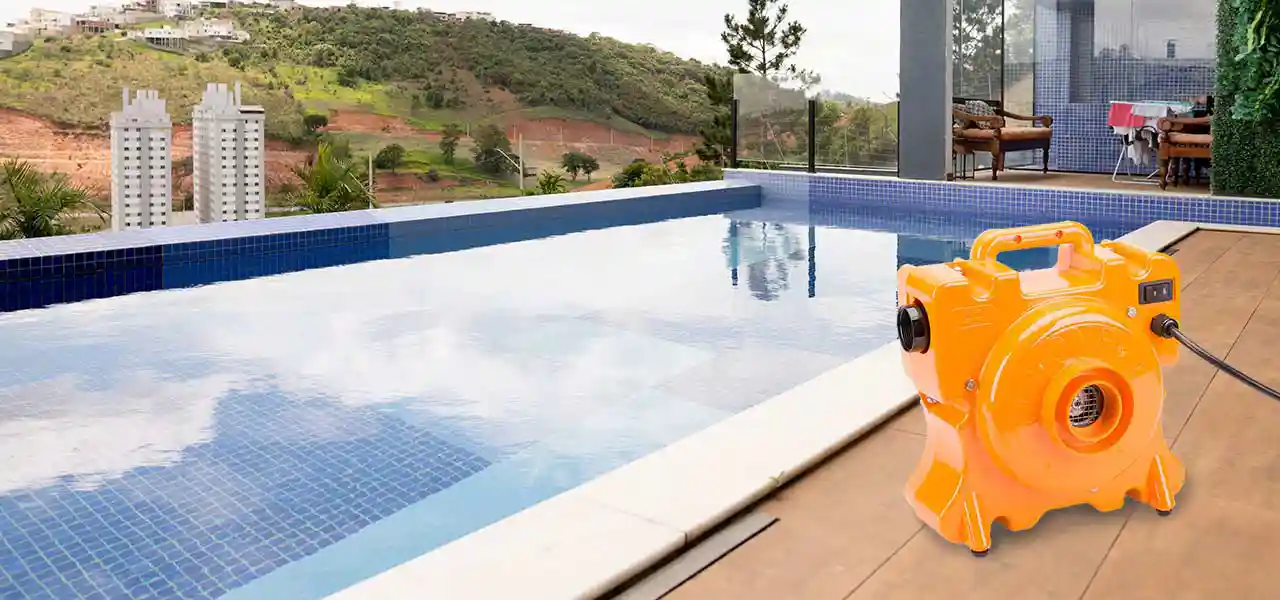
[…] in growing zones 7-10. Northern pools should blow the lines out with air. See my earlier blog post Inground Pool Winterizing Procedures for more information on how to blow out or winterize skimmer […]
[…] blogs this month, we have already discussed the proper winterizing procedures for aboveground and in-ground pools; today I am going to walk you through the winter chemicals you will need to prepare your […]